Growth in Consumer Electronics
The Thermochromic Material Market is poised for growth, particularly due to the increasing integration of these materials in consumer electronics. Devices such as smartphones and wearables are increasingly utilizing thermochromic materials for aesthetic enhancements and functional applications. For instance, color-changing features can indicate device temperature or battery status, providing users with immediate visual feedback. Market analysis suggests that the consumer electronics segment is expected to witness a compound annual growth rate (CAGR) of over 10% in the coming years, further solidifying the role of thermochromic materials in this sector. As manufacturers continue to innovate, the Thermochromic Material Market is likely to benefit from this trend, leading to expanded applications and increased market penetration.
Innovations in Textile Applications
The Thermochromic Material Market is significantly influenced by innovations in textile applications. The fashion and apparel sectors are increasingly adopting thermochromic materials to create dynamic clothing that changes color with temperature fluctuations. This trend not only appeals to consumers seeking unique fashion statements but also aligns with the growing interest in smart textiles. Recent estimates indicate that the textile segment could represent a considerable portion of the thermochromic materials market, driven by advancements in fabric technology and consumer demand for personalization. As brands explore new ways to incorporate these materials into their offerings, the Thermochromic Material Market is likely to see a rise in creative applications, enhancing its overall market potential.
Rising Demand in Packaging Industry
The Thermochromic Material Market is experiencing a notable surge in demand, particularly within the packaging sector. As brands increasingly seek innovative ways to enhance consumer engagement, thermochromic materials offer a unique solution by changing color in response to temperature variations. This capability not only serves aesthetic purposes but also provides functional benefits, such as indicating product freshness or temperature. According to recent data, the packaging segment is projected to account for a substantial share of the thermochromic materials market, driven by the growing trend of interactive packaging. This trend is likely to continue as companies strive to differentiate their products in a competitive landscape, thereby propelling the Thermochromic Material Market forward.
Increased Focus on Safety and Compliance
The Thermochromic Material Market is also benefiting from an increased focus on safety and compliance across various sectors. Industries such as food and beverage, pharmaceuticals, and chemicals are utilizing thermochromic materials to enhance safety measures. For example, color-changing labels can indicate temperature abuse or unsafe conditions, thereby ensuring product integrity and consumer safety. Regulatory bodies are increasingly mandating such safety features, which could drive demand for thermochromic materials in compliance-related applications. This trend suggests a robust growth trajectory for the Thermochromic Material Market, as companies seek to meet regulatory requirements while enhancing product safety.
Emerging Applications in Automotive Sector
The Thermochromic Material Market is witnessing emerging applications within the automotive sector. As vehicle manufacturers strive to enhance user experience and safety, thermochromic materials are being integrated into various components, such as interior panels and displays. These materials can provide real-time feedback on temperature changes, improving comfort and safety for drivers and passengers. Market forecasts indicate that the automotive segment is likely to experience significant growth, driven by the increasing demand for innovative features and smart technologies in vehicles. As the automotive industry continues to evolve, the Thermochromic Material Market is expected to capitalize on these trends, leading to new opportunities and applications.
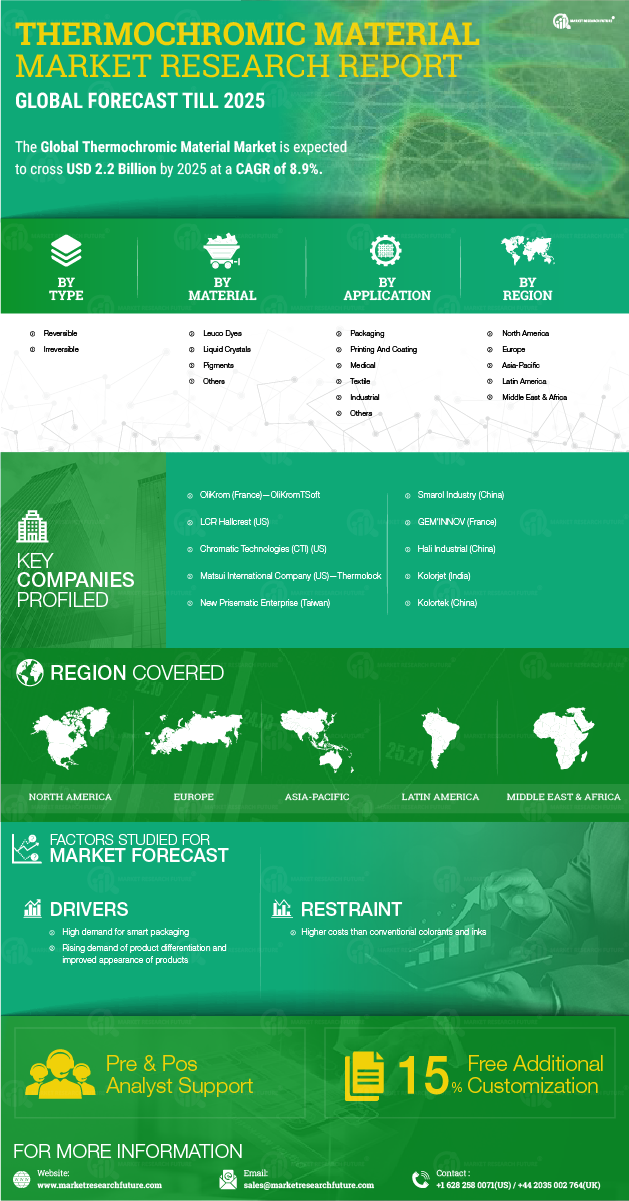

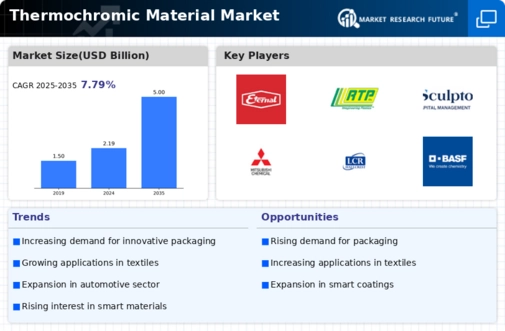
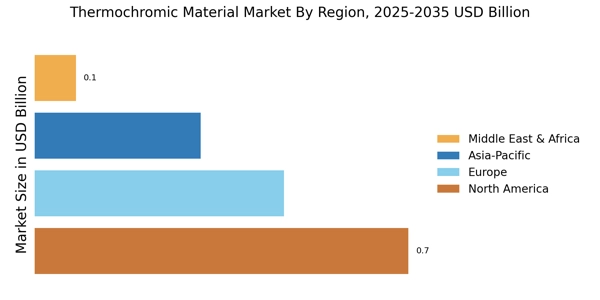
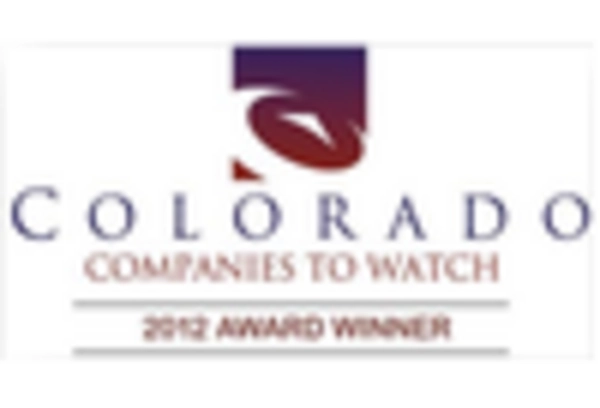
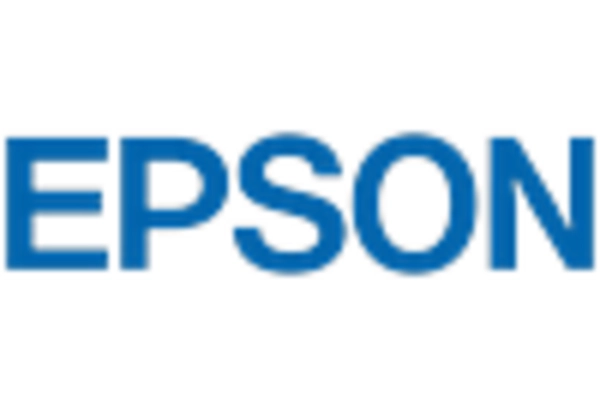
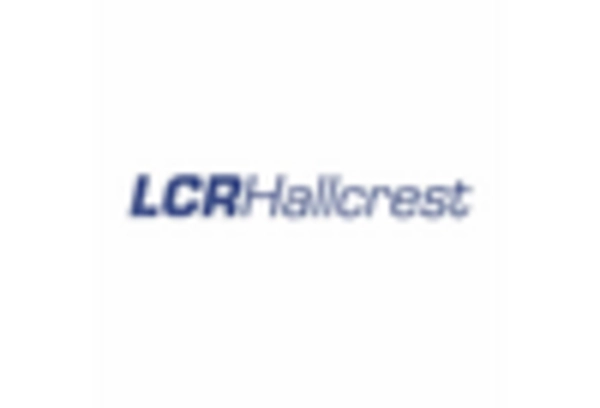
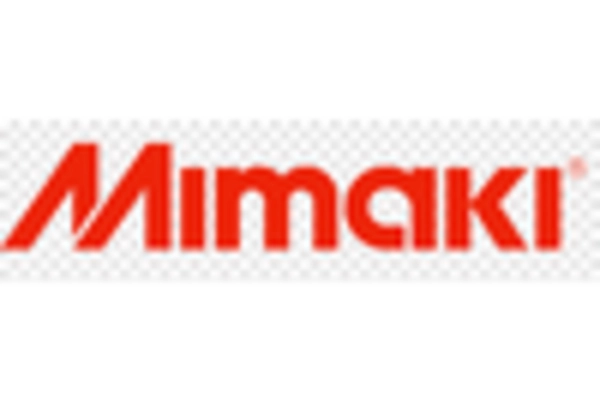
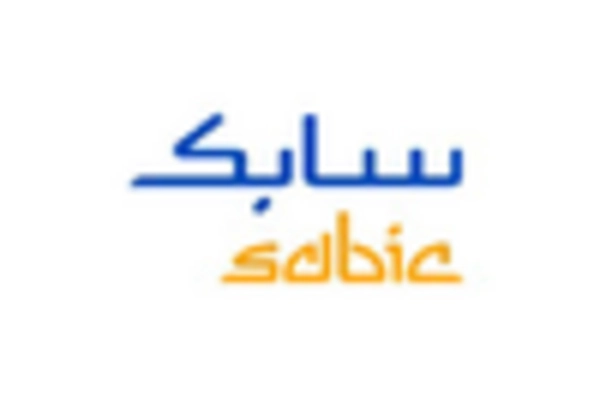
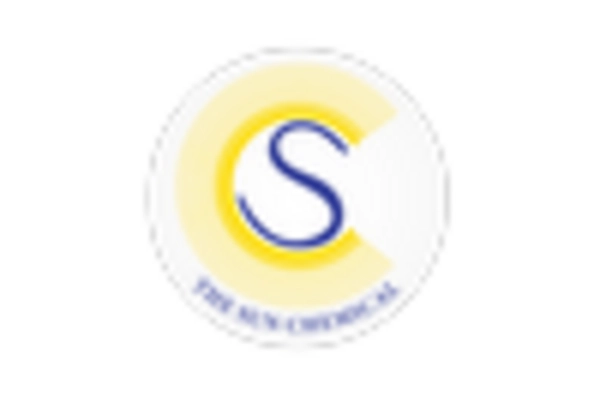








Leave a Comment